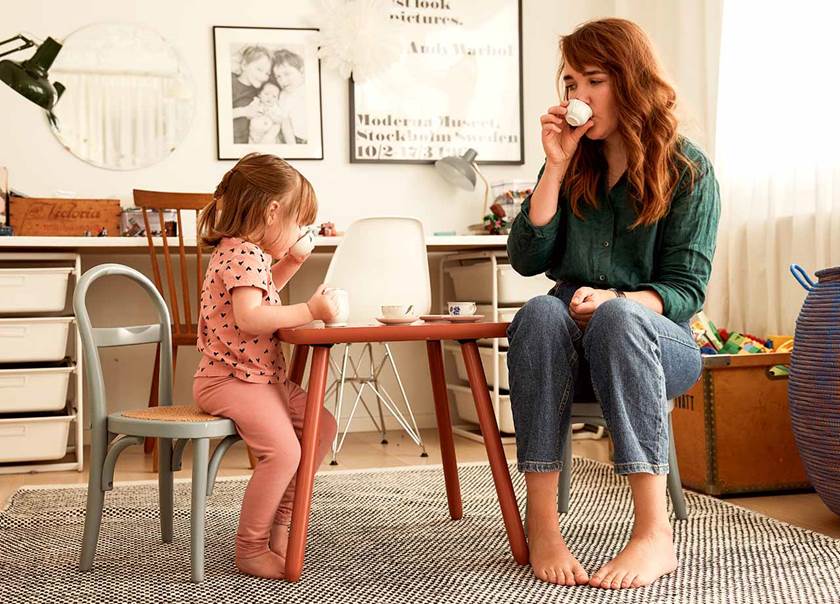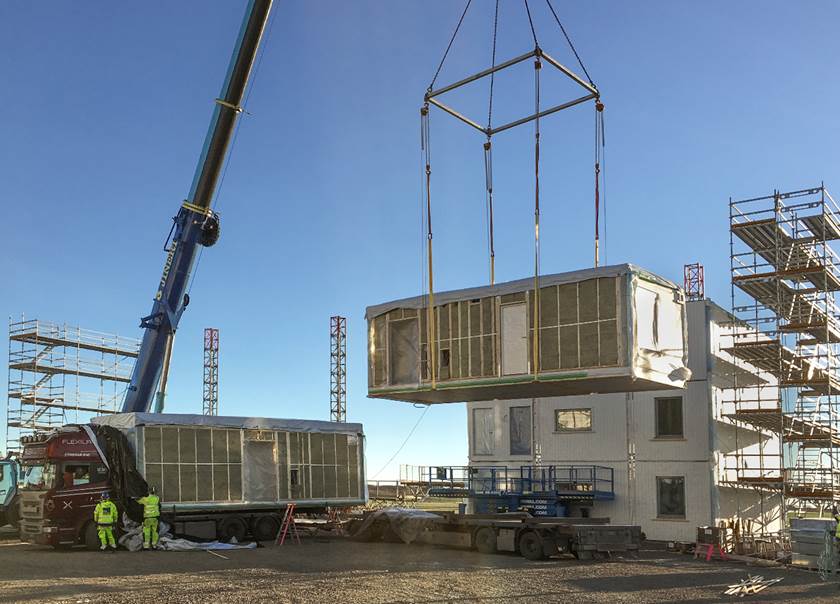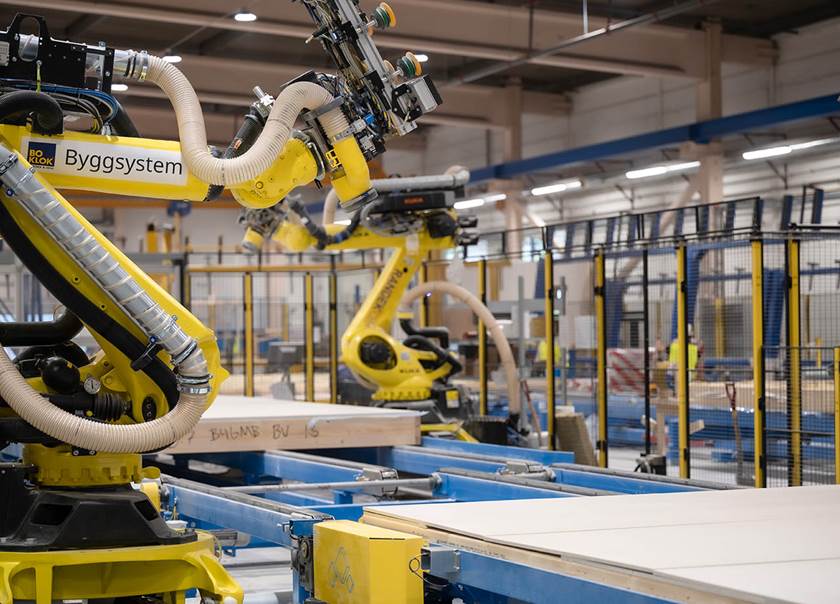Where would you want to live? Have a look at where we are developing right now and find your new home!
Building with wood
At BoKlok, we manufacture all of our homes using wood as the key material. It’s the most sustainable building material, with the lowest carbon emissions, compared to others.
Forests serve as a carbon sink
As a tree grows, it absorbs carbon dioxide. Through the process of photosynthesis, living trees use sunlight, water, and carbon dioxide to create oxygen and energy. When a home is built in wood, the carbon dioxide is stored in the wood, throughout the lifetime of the home - rather than being released back into the atmosphere.
Furthermore, when sawing and planing trees into boards, waste materials such as bark and sawdust can be used as biofuel or for other products.
For us, this means that our houses have significantly lower climate impact than the typical, newly built house. We are convinced that wood is an important part of the transition to a more sustainable construction industry.
Building with wood has several benefits, not just for the environment and the climate. Wood is a strong and at the same time light and flexible material that is very well suited for industrial construction in factories. The low weight means that the emissions from the transports are lower than transports of prefabricated parts of heavier materials. The low weight of wood also means that we can use less concrete in our house foundations, which further reduces our climate impact.
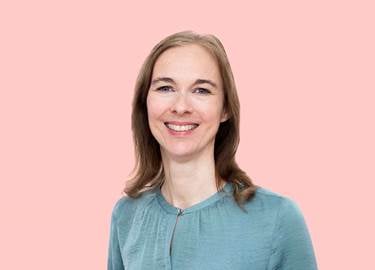
What happens to the forest?
The majority of the wood used in building our homes comes from Scandinavia. All our timber products for either temporary or permanent use are legally and responsibly sourced and verified through the Forest Stewardship Council (FSC) or the Programme for the Endorsement of Forest Certification (PEFC).
In BoKlok’s country of origin – Sweden, 70% of the land is covered by forest. It is an area that corresponds to the entire area of Great Britain. In less than a hundred years, Sweden's forest assets have doubled. The forest grows by more than 120 million cubic meters every year, but only 75% of the growth is harvested according to Swedish Wood (an organisation representing the Swedish sawmill industry and part of the Swedish Forest Industries Federation). For every tree that is felled in Sweden, at least two but often more, are planted says the Swedish Forest Industries Federation. As felling is less than growth, forest volume continues to increase.
Aren't houses built of wood more flammable?
All building materials, regardless of type, are subject to the same stringent fire safety requirements. This means that our houses, built with a wooden frame, meet exactly the same fire safety requirements as buildings made of other materials. This means that if you buy a BoKlok home, you can feel confident that you will get a home, which meets the same fire safety requirements as homes built using other building materials.
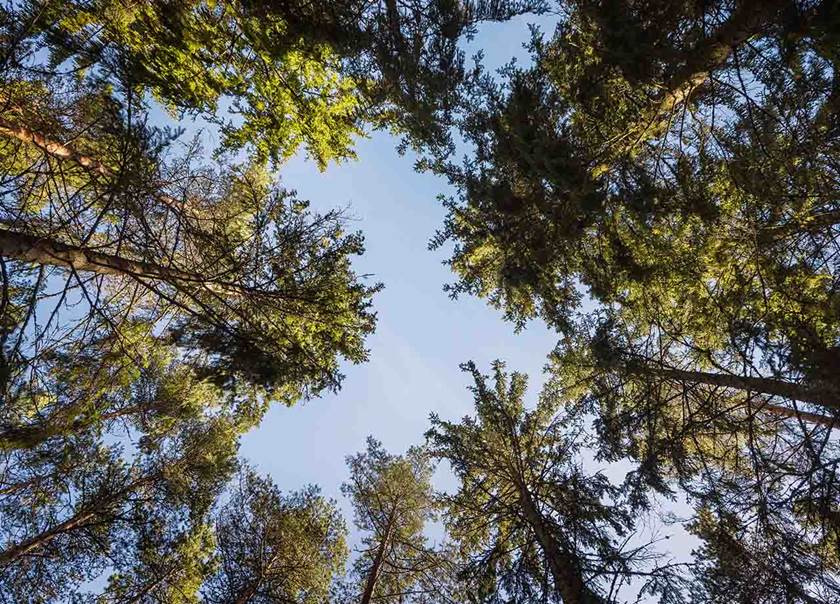
How is wood affected by water and moisture?
An important factor in all construction is to build in a dry environment. We build our homes indoors in a factory. There we can maintain a high and consistent quality with the help of efficient and well-established processes. By building indoors, we protect the houses from the weather. When the houses are ready, they are securely packaged and transported as modules to site, where they are assembled into a finished residential building. On some occasions the modules may be stored by the manufacturer temporarily, if a site is not ready to take delivery. The weather proof packaging is removed just before the modules are lifted into place, which reduces the risk of damage by rain. If the weather is bad, we will wait to assemble.
Within the homes, in the bathrooms and en-suites we use non-organic sheets with a fibreglass finish that are more resistant to moisture and mould than ordinary plasterboard, before tiling.
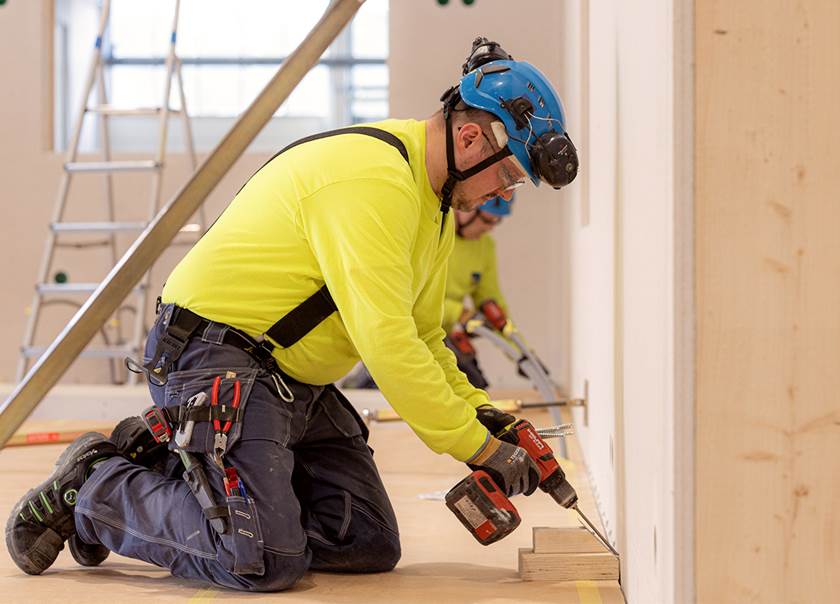
How does wood affect the sound level at home?
Our homes fully comply with building regulations from an acoustic perspective. In addition, each BoKlok apartment/house is a separate unit, with two insulated separating walls and an air gap in between, which are built with sound attenuating products. Therefore, we can among other things, minimise the sound transmission between the homes.
How do our homes compare with standard building regulations?
In the UK, new homes are built to comply with Building Regulations as standard. We are always looking for ways to innovate and improve the product for our customers and the environment, by going above and beyond the standard requirements of the building regulations.
One of the ways we do this is by offering considerably more energy saving benefits. We do this by using a combination of air tightness and efficient heating, using air source heat pumps as well as insulation within the structure.
